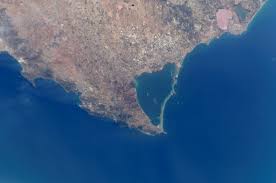
Introduction
The recent surge in wildfires across Wales, commonly referred to as the Welsh fire incidents, has captured national attention. With climate change exacerbating extreme weather patterns, understanding the causes and impacts of these fires is crucial for local communities, policymakers, and environmentalists alike. As summer temperatures rise, experts warn about the potential for increased fire risks, making it imperative for residents to stay informed and prepared.
Recent Events and Causes
In July 2023, several areas in Wales faced devastating fires that sparked widespread concerns. Highlighted by significant blazes in the Brecon Beacons and Snowdonia National Park, these fires prompted emergency responses from local fire brigades. The Welsh Fire and Rescue Service reported that dry conditions, coupled with high winds, created a perfect storm for ignition and rapid spread.
Evidence points towards human activity as a leading cause of these fires, particularly in popular outdoor areas. Campfires left unattended and discarded cigarettes were identified as direct contributors. Additionally, the unusually hot and dry summer further heightened vulnerability, with Wales experiencing some of its driest months on record.
Impact on Communities and Environment
The impact of the Welsh fires has been far-reaching. Not only have they threatened wildlife and natural habitats, but they have also posed risks to local communities. Evacuations were ordered in some instances to ensure public safety, while others faced health advisory warnings due to smoke inhalation risk.
Environmentally, the fires have resulted in the destruction of vegetation, adversely affecting local ecosystems. This has raised concerns among conservationists about the longer-term ecological effects and habitat restoration challenges. As wildlife struggles, the need for a coordinated environmental recovery plan has become a pressing issue.
Conclusion and Future Outlook
As the frequency of wildfires increases, the urgency for sustainable land management practices and robust public awareness campaigns on fire safety becomes paramount. Welsh authorities are now focusing on preventative measures such as improved signage, ranger patrols, and community engagement to reduce human-caused ignitions.
Looking ahead, it is essential for local communities and visitors alike to stay vigilant and adhere to safety guidelines. As climate change continues to influence weather patterns, the likelihood of future Welsh fire incidents remains a concern. Understanding the underlying causes, impacts, and preventative strategies will be vital for safeguarding both lives and nature in the face of these challenges.
You may also like

Recent Developments at Thames Water: Challenges and Initiatives

Understanding the Mar Menor: Challenges and Conservation
